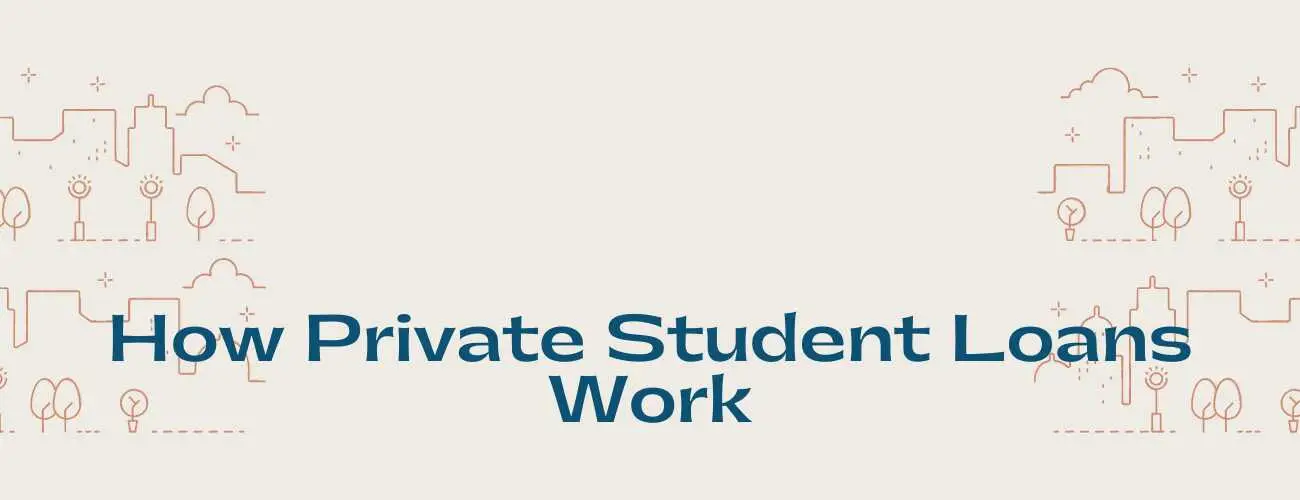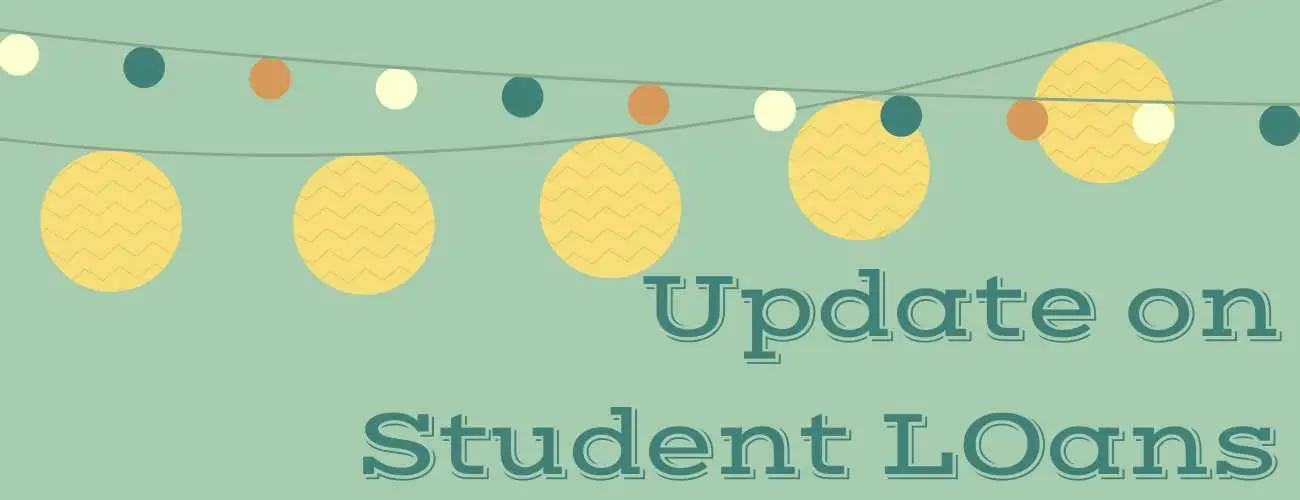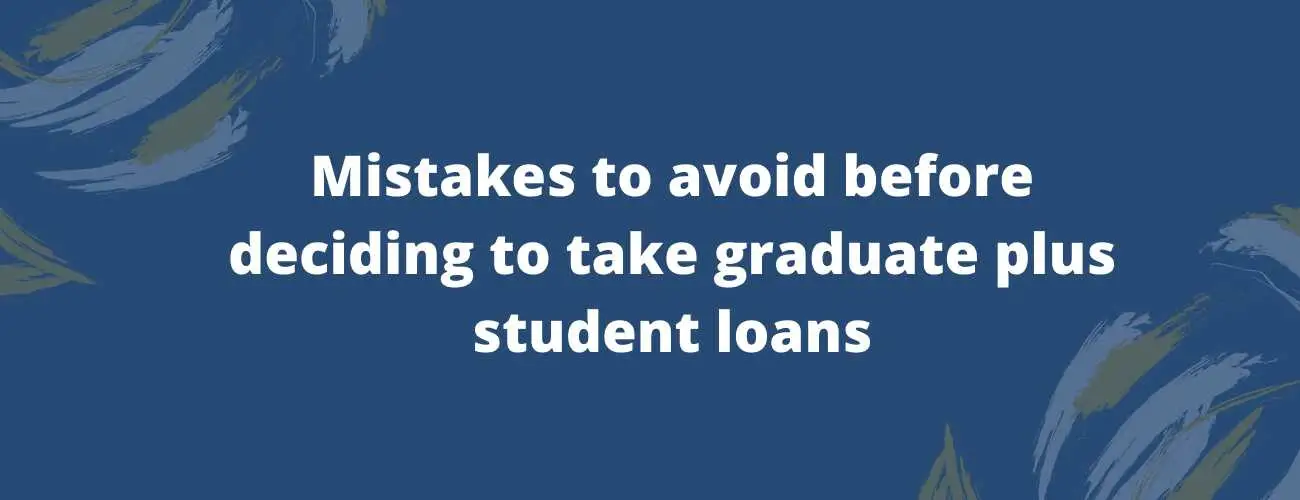Exit Counseling
Exit Counseling is a guideline that gives you a quick review of Federal Student Loans. Learn more about why you take the Exit Counseling.
Updated by Akshata Patil on 12th December 2019
As graduation approaches, your hunt for the job increases. But is that job for yourself or for the repayment of your loans? For the ones holding the loans, it is more about repaying the debts. As your graduation approaches, your responsibility to repay the debt also increases.
As your repayment approaches, you start feeling anxious and clueless about how and when to repay the loans. If you hold federal student loans, you don't have to worry much about it as the Federal Government has come up with “Exit Counseling”.
Table of Contents
- What is Exit Counseling?
- Who Can Avail for Exit Counseling?
- When do you need for Exit Counseling?
- How is Exit Counseling Student Loans Performed?
- The Requirements for Exit Counseling
- The Steps for Exit Counseling
What is Exit Counseling?
Exit Counseling is online counseling offered by the Government to the students having federal student loans. Just like master promissory note gives you a brief picture of what you are signing yourself into, exit counseling gives you a guideline of how you can manage the loans that you have taken out to help yourself get through college.
Exit Counseling student loans is a guideline that provides you important information to help you manage your federal student loans. It provides you a guideline of rights, and responsibilities as a borrower. It further covers the information relating to repayment plans, repayment options like deferment and forbearance. In brief, Exit Council is a guideline that gives you information about the student loan repayment plans, methods, and options. Additionally, it includes your rights and responsibilities as a borrower.
Who Can Avail for Exit Counseling?
You can avail the exit counseling if you have a Direct Loan Program or the FFEL Program under-
-
Subsidized
-
Unsubsidized
-
Plus loans
Borrowers are advised to complete exit counseling when they are going to leave school, graduate or drop below half time enrollment. It should be noted that exit counseling is required by the law.
Given the situation that a student is planning to transfer from to another college or university then the borrower must still complete the exit counseling process as the updated information will be collected at the end of the exit counseling session.
When Do You Need Exit Counseling?
There are three particular situations when you need the Exit Counseling the most. They are-
-
When you graduating
-
When you leave school
-
When you drop out below half-time enrollment
Why you Need Exit Counseling?
The exit counseling gives you a guideline about how you can manage your federal loans. They mainly provide you details of repayment options and repayment terms. They make you aware of your rights and responsibilities as a borrower.
Read the following for a better understanding of the need for exit counseling-
1) Know your Federal Loans -
The exit counsel helps you to review the federal loans that you have taken out long back, of which the details you must have even forgotten by the time you graduate. Therefore exit counsel gives you a quick review of your federal student loans regarding the repayment term and when you need to start making the payments.
2) Understanding the Repayment Options-
Exit Counsel gives you a clear idea of what are the repayment plans and options available to you. These include-
-
Standard Repayment
-
Graduated Repayment
-
Extended Repayment
-
Pay As You Earn Repayment
-
Revised Pay As You Earn Repayment
-
Income-Based Repayment
-
Income-Contingent Repayment
-
Income-Sensitive Repayment
You must note that not all of these repayment options are available to all borrowers, hence you need to check which repayment plans are eligible for you.
Worried about your tuition? Read more about how student loans can help you.
How is Exit Counseling Student Loans Performed?
Exit Counseling can be performed in two ways. One way is online and the other option is in-person.
For online exit counseling, it takes about 20-30 minutes to complete the entire process. However, the entire counseling process must be completed in one go.
You can go through online counseling by signing into your account at studentloans.gov.
In-person Exit Counseling is nothing but face to face counseling. This face to face counseling may be conducted in two ways. One by one-on-one or in group counseling. One-on-one counseling is more advantageous as you can have a clear discussion about your individual situation and clear your doubts and queries.
Not all schools offer in-person Exit Counseling sessions. And if your school does, check your school’s website to know how they handle it. Further, you can approach your financial aid office for more details about student loan exit counseling.
What are the Requirements for Exit Counseling?
You need to log into studentloans.gov to take the Exit Counseling. You need to keep the following documents handy-
-
Verified FSA ID
-
Income details
-
Financial aid information
-
Living expenses details
-
Names, addresses, email addresses, and phone numbers of two references
-
Contact details of your employer
For more details, you can go on studentloans.gov.
What are the Steps for Exit Counseling?
The Exit Counseling can be divided into 5 steps. Each step you will learn something or requires you to give information.
Step 1- Understanding your Student Loans
The first part of Exit Counseling is similar to that of the loan entrance counseling. Here, you go through all the types of federal student loans such as Subsidized and Unsubsidized Direct Loans, FFELs, Grad PLUS Loans, and Federal Perkins Loans. Basically, you will learn all about the loans that you had learned during the entrance counseling.
The main part of this session that you must be the most alert is how the interest rate works for student loans. You must look-out for the current interest rates and the rates that apply to your loans.
Next, you will learn about repayment options.
Step 2- Repayment Plans and Options
After you have gone through reviewing your student loans, the next step is knowing the repayment options available to you. The repayment option that is available to one borrower may not be the same for the others. Therefore, you need to look into the repayment plans specifically available to you.
Along with the repayment plans, you also have a repayment calculator that helps you to estimate your monthly payments, monthly expenses, your savings and so on. For using the calculator you will have to enter your personal details like your income, savings, expenses like rent, groceries, insurance, transportation, and other such details.
Step 3- Avoid Defaulting
The third step is all about dealing with financial hardship and how you can avoid student loan default. This step gives you information about forbearance and deferment, the two options available to you at the time of financial hardship. These two options benefit you by pausing your payment temporarily.
You will also learn about consolidation in which your multiple student loans will be combined into one loan with a new interest rate and term. Making your life easier keeping a track of a single loan instead of multiple loans.
You will also learn about the benefits of federal student loans that will help you repay your loans by forgiving your debts under the forgiveness programs like Public Service Loan Forgiveness (PSLF).
It also gives you information about when the loan will be discharged. That is in the case if your college closes down or you have a disability.
Step 4- Finances: A Priority
This step focuses on making finance a priority. In a sense, how you can control your expenses, save more and pay for the loans all at the same time.
It gives you a guideline on how you can plan your long term financial goals. Few tips for preparing a financial plan are-
-
Create monthly expenditure
-
Pay your high-interest loans first
-
Build a strong credit score
-
Create three to six months of emergency funds
Step 5- Updating your Information
The final step is choosing your repayment plan. Before approving your repayment request, the federal loan servicer will review your information.
If you have a job offer, you need to enter your employer’s information. Furthermore, you are required to give contact details of two references and one relative. This way they can contact your references when you default on your loans.
After you have updated all the required information you can submit the same. But, before you hit the submit it is always better to review the details once again. If you need to make any changes to the information uploaded, you can do so by signing into your account.
Make sure you have updated all your latest contact information. This step makes sure that your loan provider has all your up-to-date details. In case your income changes, you can discuss the same with your service provider and choose your repayment options
Finally, after completion of updating the contact information, you are all finished with student loan Exit Counseling. Once your repayment plan is approved, your first repayment date will be due soon.
Can you Avoid Exit Counseling Student Loans?
No, you cannot avoid or skip Exit Counseling. As per the law after you graduate, drop out of school or drop below half-time enrollment, you have to complete exit counseling.



93.jpg)


28.jpg)
